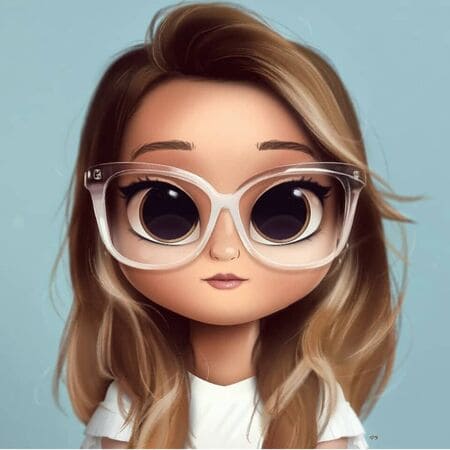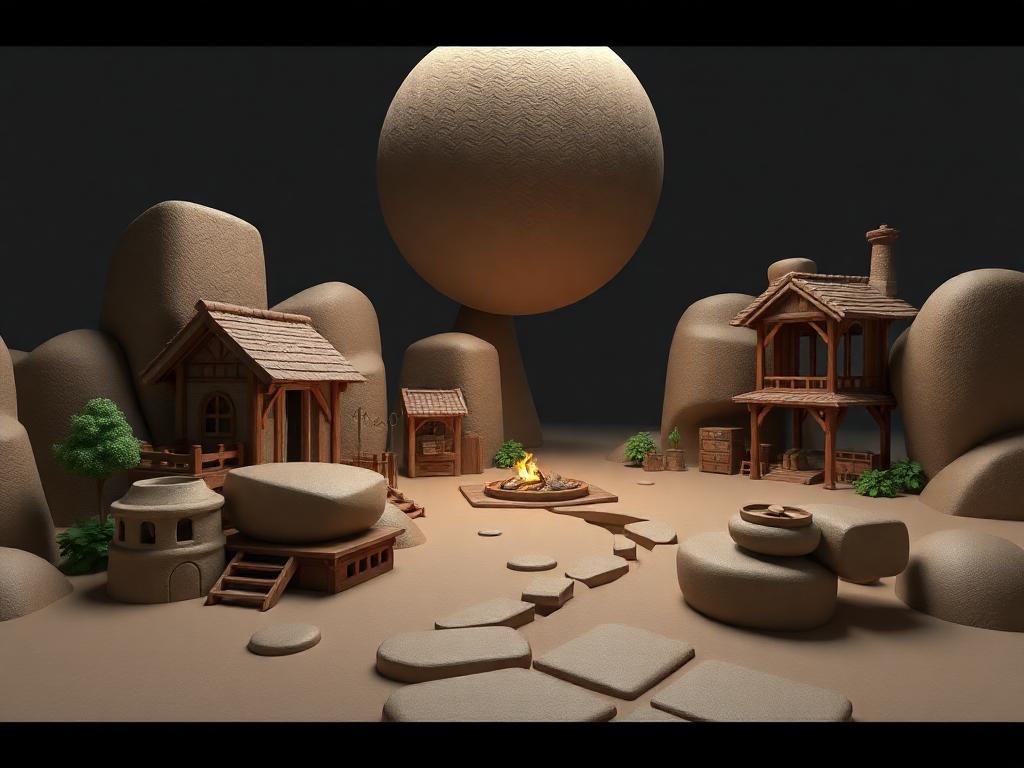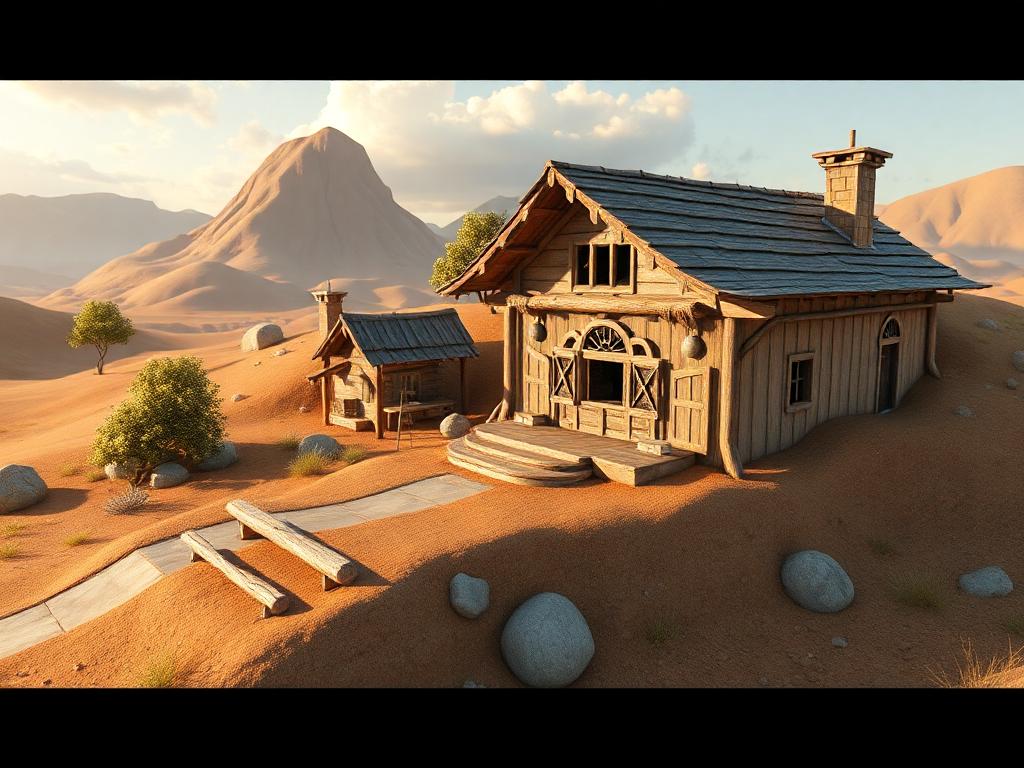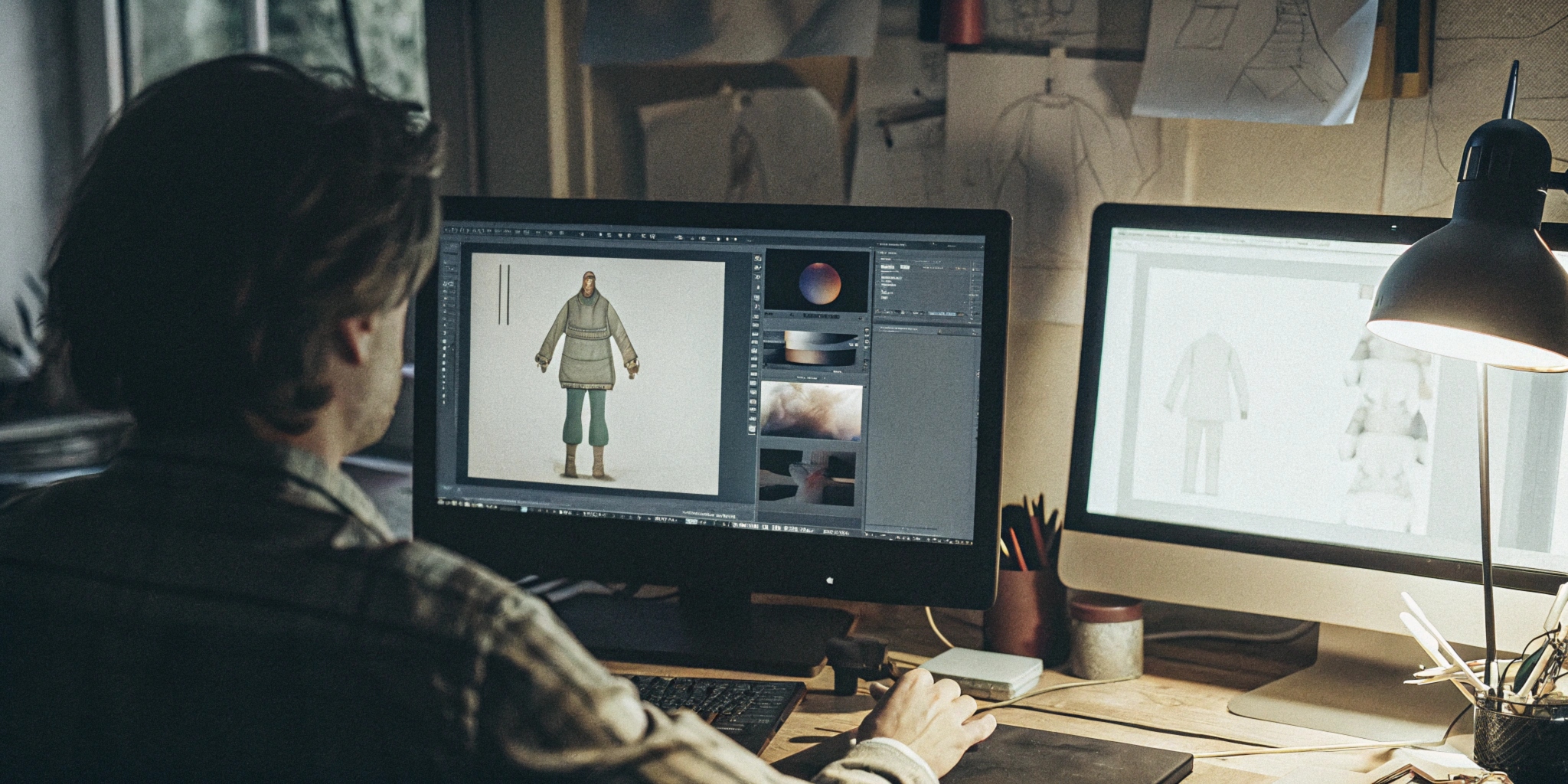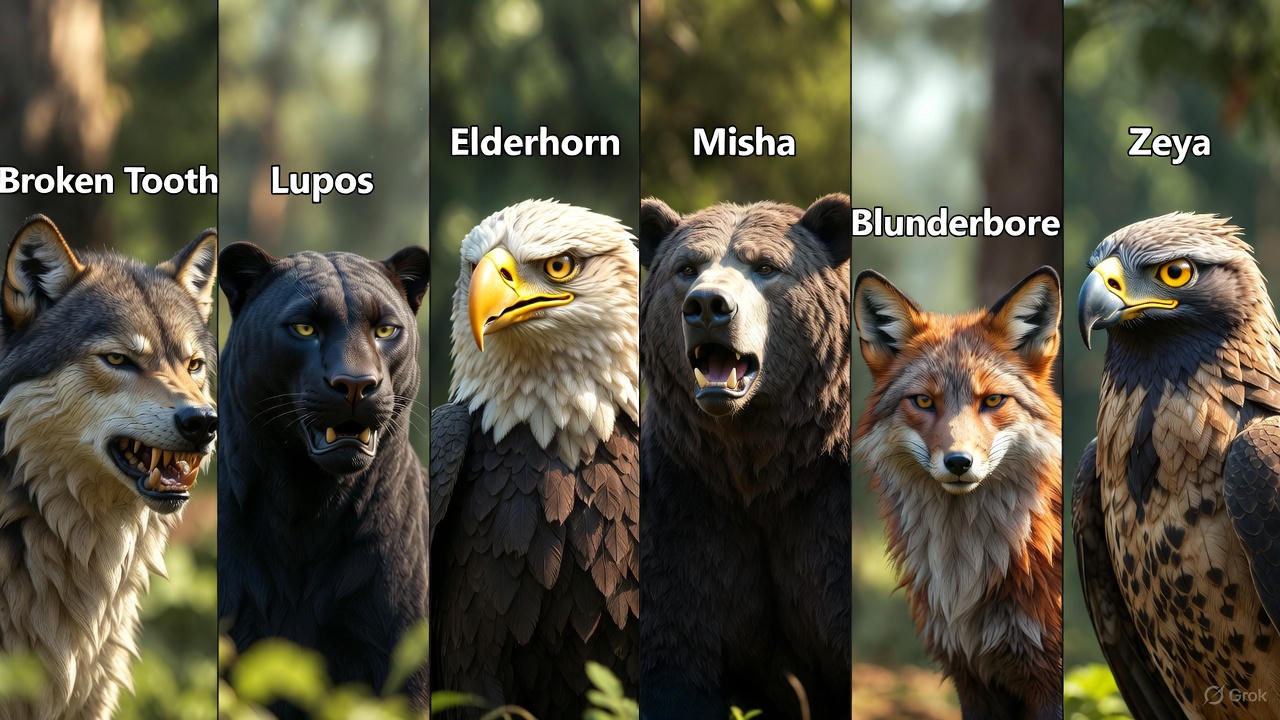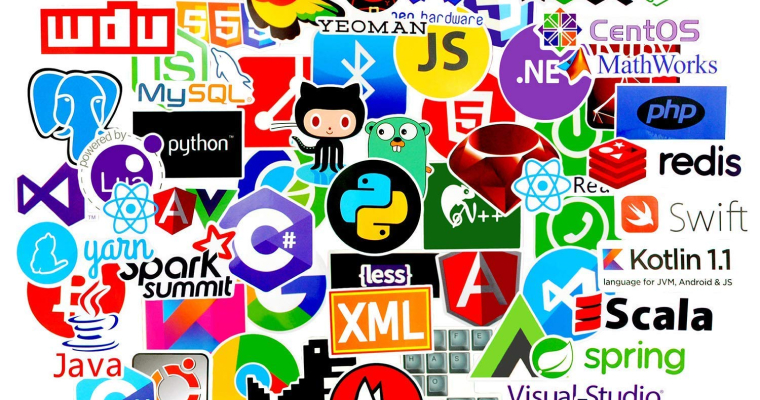3D modeling has become an essential part of creating the games we play, the movies we watch, and even the products we buy. But what exactly is 3D modeling? Simply put, it’s the art of creating three-dimensional objects, characters, and environments using special computer software. Think of it like digital sculpting – artists use computers to build anything they can imagine, from cute cartoon characters to realistic spaceships.
The need for 3D modeling is growing faster than ever. Video games are getting more detailed, animated movies are pushing creative boundaries, and companies are using 3D models to design and show off their products before they’re even made. This growth means there are many exciting job opportunities for people who want to combine their artistic skills with technology.
Career paths in 3D modeling are diverse and rewarding. You might work on the next big video game, help create special effects for movies, or design virtual furniture for home decoration apps. The best part? These jobs often pay well. Entry-level 3D modelers typically earn between $45,000 and $60,000 per year, while experienced professionals can make over $100,000 annually.
Whether you love art, enjoy working with computers, or dream of bringing imaginary worlds to life, a career in 3D modeling could be perfect for you. The field welcomes both creative minds and technical thinkers, offering chances to grow and learn new skills every day.
What Do 3D Modelers Do?
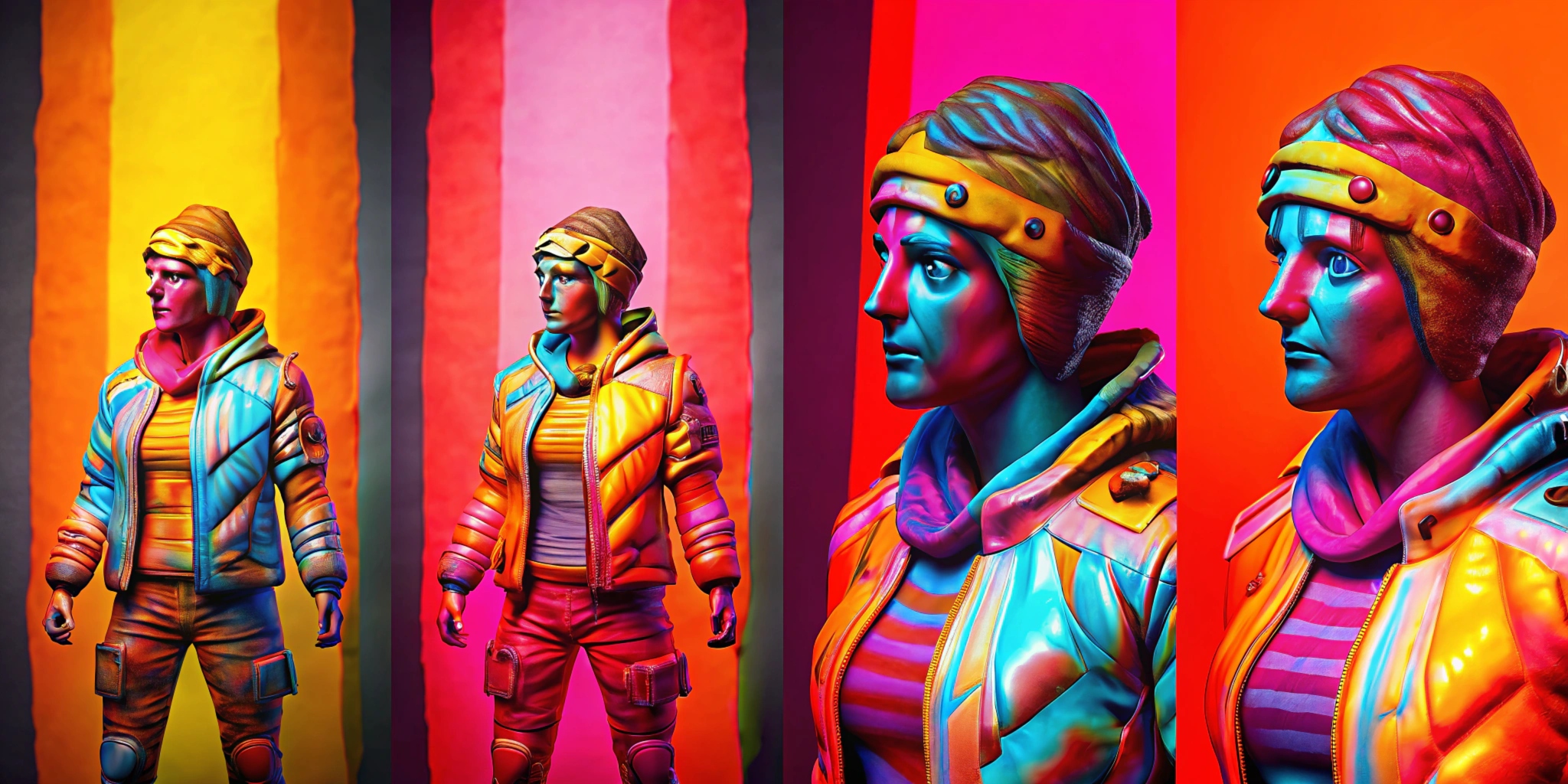
A 3D modeler is like a digital sculptor who creates objects, characters, and environments on a computer. Instead of using clay or wood, they use special computer programs to build three-dimensional items that can be viewed from any angle, just like real objects in our world.
Main Responsibilities:
- Creating detailed 3D models from concept art or reference photos
- Making sure models look good from all angles
- Adding textures and colors to make objects look realistic
- Fixing any problems with models before they’re used
- Working with teams to make sure models fit the project’s needs
The tools 3D modelers use are a bit like digital art supplies. Here are the main ones:
- Maya: A powerful program used by many big movie and game studios
- Blender: A free program that’s great for beginners and professionals
- ZBrush: Special software that lets you “sculpt” digital clay
- 3ds Max: Popular for making buildings and environments
- Substance Painter: Used to add colors and textures to models
Different Types of Work
Some 3D modelers focus on making characters, like the heroes in video games. Others create environments, like forests or cities. There are also modelers who make props (things characters use), vehicles, or buildings. Each type needs different skills and techniques.
A Day in the Life: A typical workday for a 3D modeler might look like this:
- Morning: Check emails and join team meetings to discuss projects
- Mid-morning: Work on creating new 3D models or fixing existing ones
- Afternoon: Get feedback from art directors or teammates
- Late afternoon: Make changes based on feedback and prepare files for the next day
3D modelers often work with other artists and developers. They need to follow project schedules and meet deadlines. Sometimes they might work on several different models in one day, while other times they might spend weeks perfecting a single character or scene.
The job requires both creativity and technical skills. Modelers need to be good at solving problems, like figuring out why a model isn’t working right or how to make something look exactly like the concept art. They also need patience, as creating detailed models takes time and careful attention to detail.
Would you like me to explain any part of this in more detail?
Types of 3D Modeling Jobs
3D modeling is a versatile field with many job roles catering to various industries like gaming, film, architecture, and more. Here’s an overview of key roles in 3D modeling:
Character Modeler
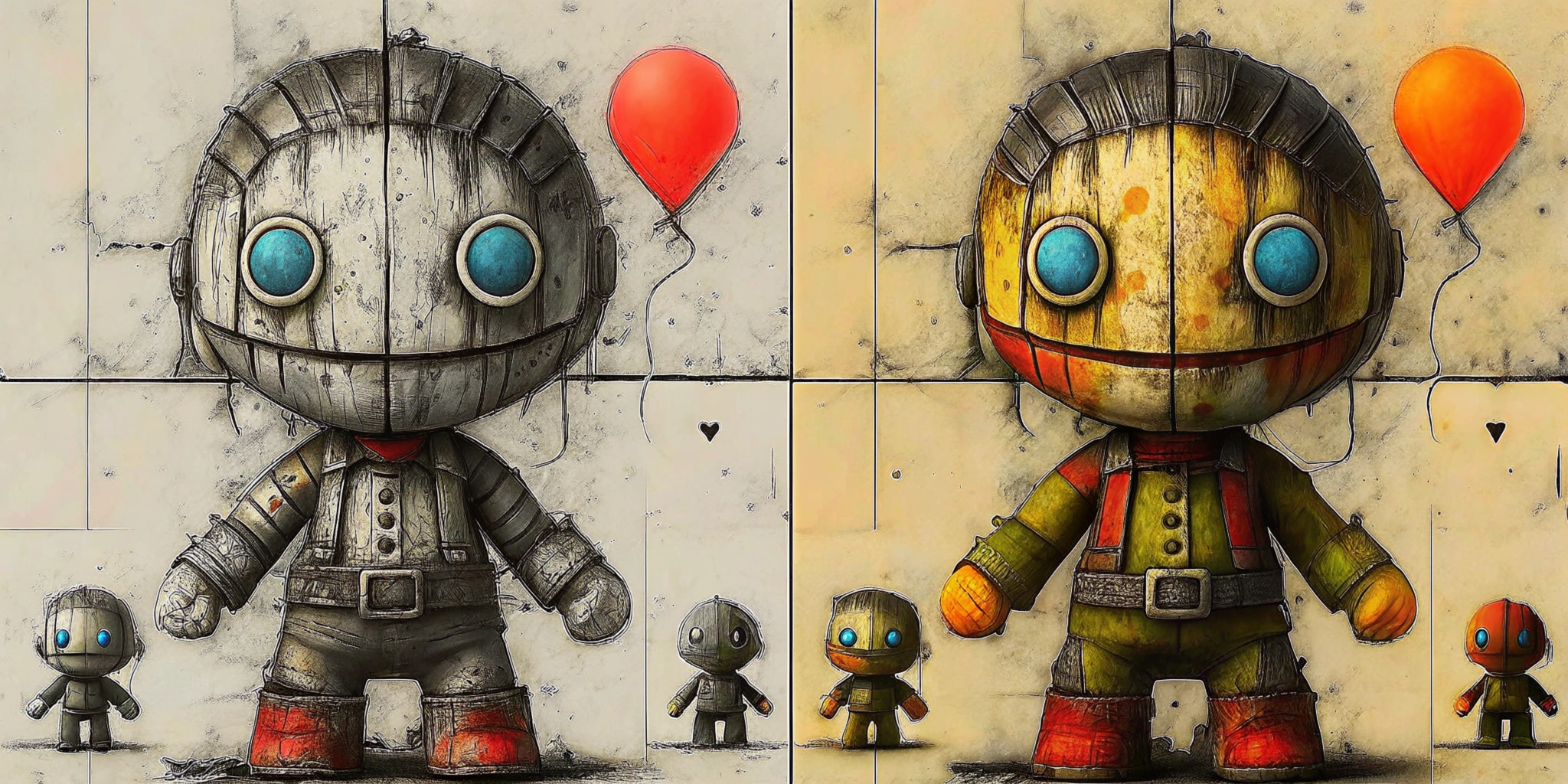
Character modelers specialize in creating lifelike or stylized characters for video games, animated films, or virtual reality. Their work involves sculpting characters’ anatomy, facial features, and clothing to match artistic direction. Tools like ZBrush and Blender are commonly used, and attention to detail is crucial for creating expressive, realistic models. Character modelers often collaborate with rigging and animation teams to ensure the characters are functional for movement.
Environment Artist
Environment artists craft the worlds where stories unfold. They design landscapes, architecture, and interior settings for games, films, or simulations. This role requires a mix of artistic creativity and technical skills to make environments immersive and visually engaging. Whether designing a lush jungle or a futuristic cityscape, environment artists ensure assets are optimized for performance while maintaining high quality.
Props Artist
Props artists focus on smaller, standalone objects like weapons, furniture, or tools that add depth to a scene. These items might range from a sword in a fantasy game to a coffee cup in a casual setting. Props artists need strong texturing skills to make objects look realistic or stylized, depending on the project. They often work alongside environment artists to populate scenes with cohesive elements.
Technical Artist
Technical artists bridge the gap between artists and programmers. They ensure 3D assets work seamlessly in a game engine or animation software. Responsibilities include creating shaders, optimizing assets, and troubleshooting technical issues. Technical artists play a vital role in maintaining a balance between artistic vision and performance constraints. Knowledge of scripting and tools like Unity or Unreal Engine is essential for this position.
Texture Artist
Texture artists bring surfaces to life by creating the materials that cover 3D models. They focus on details like fabric patterns, metallic reflections, or wood grain textures, using tools like Substance Painter or Photoshop. A strong understanding of color theory and material properties is key to achieving realism or stylized aesthetics. Their work ensures that models look polished and professional.
Rigging Artist
Rigging artists prepare 3D models for animation by creating a skeleton or rig that controls movement. They design systems that allow characters or objects to bend, stretch, and move naturally. Rigging requires a strong understanding of anatomy and mechanics, as well as proficiency in software like Maya. Rigging artists often work closely with animators to ensure the rig functions smoothly.
Animation Modeler
Animation modelers focus on creating models that are animation-ready. This means building assets with proper topology and ensuring they can deform smoothly during movement. This role often overlaps with character modeling and rigging, requiring a comprehensive understanding of both artistic and technical aspects of the animation pipeline.
Each of these roles contributes to creating rich, immersive 3D experiences. Whether you’re interested in characters, environments, or technical problem-solving, the 3D modeling industry offers diverse opportunities to showcase your skills.
Salary and Job Outlook for 3D Modelers
The salary for 3D modelers can vary based on experience, location, and the industry they work in. Here’s an overview of what to expect in terms of salary and job prospects:
Entry-Level Salary Ranges
For those just starting, entry-level 3D modelers typically earn between $40,000 to $55,000 annually. These positions often require at least a basic portfolio, some knowledge of industry-standard software, and the ability to assist with larger projects. Entry-level roles may include junior modeler, texture artist assistant, or prop artist.
Experienced Professional Salaries
As you gain experience, salaries increase significantly. Mid-level and senior 3D modelers can expect to earn between $60,000 to $90,000, depending on their expertise and the complexity of the work. Those who specialize in high-demand fields, like character modeling for AAA video games or visual effects in films, may earn even more, with salaries reaching $100,000 or higher in some cases.
Factors Affecting Pay
Several factors influence salary:
- Industry: Game studios, animation studios, and VFX companies tend to offer higher salaries compared to other industries.
- Skill Level: Specialized skills such as sculpting, rigging, or working with specific software can increase earning potential.
- Project Scope: Complex, high-budget projects (like AAA games or major films) typically offer higher pay than smaller, indie projects.
Job Market Growth
The demand for skilled 3D modelers is expected to grow as industries like gaming, film, and virtual reality expand. According to the U.S. Bureau of Labor Statistics, employment of multimedia artists and animators is projected to grow by 4% from 2021 to 2031, about as fast as the average for all occupations. The rise of VR, AR, and online gaming is expected to contribute to this growth.
Geographic Considerations
Salaries and job opportunities also vary by location. Major cities with large tech and entertainment industries, such as Los Angeles, San Francisco, and New York, typically offer higher salaries but come with a higher cost of living. Remote opportunities are increasing, allowing 3D modelers to work from anywhere while potentially earning competitive salaries.
Overall, 3D modeling offers a promising career with competitive pay and opportunities for growth.
Real-World Success Stories in 3D Modeling
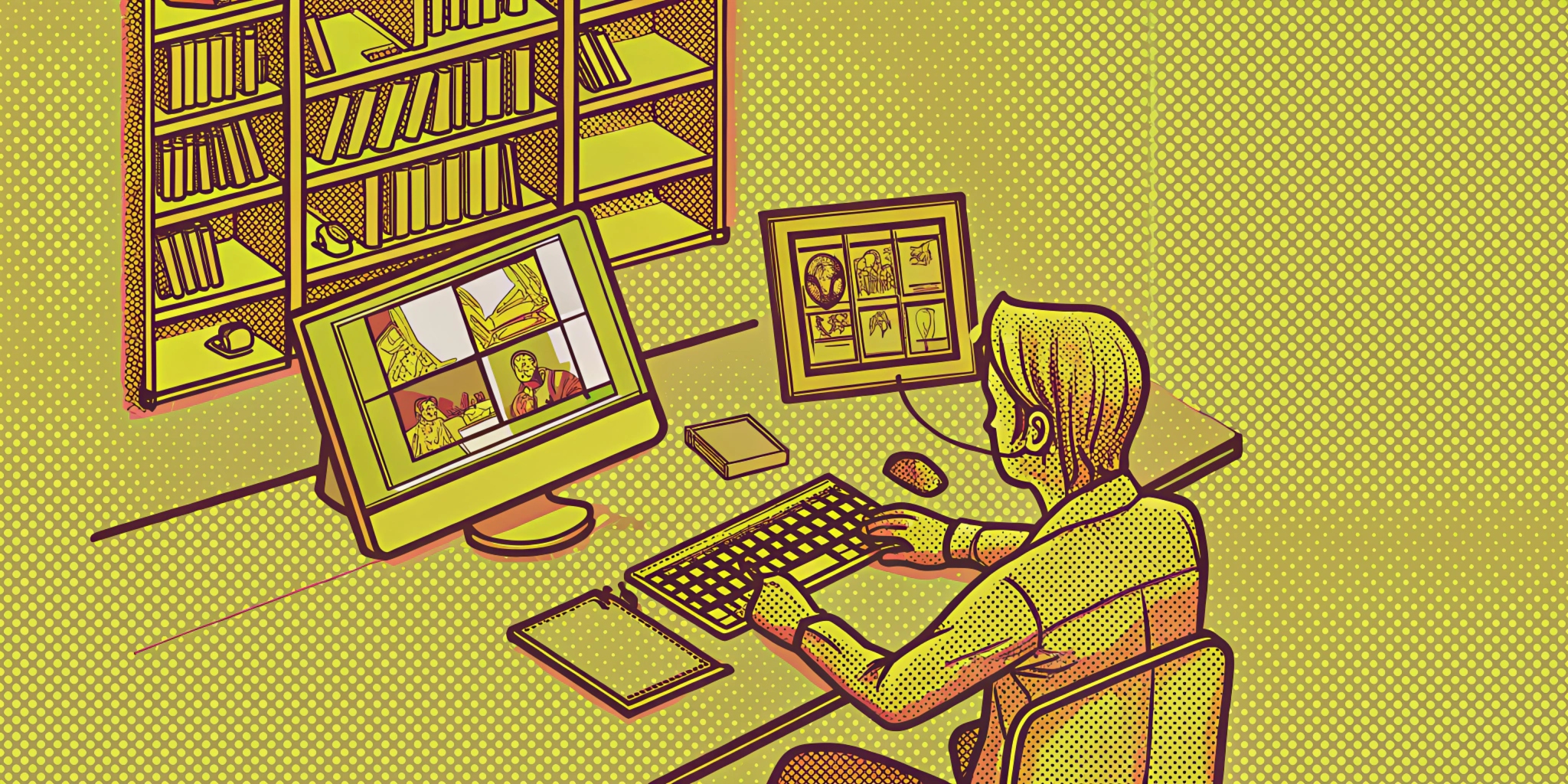
3D modeling is a field where talent, persistence, and creativity can lead to remarkable success. Here are some inspiring profiles and lessons from professionals who’ve excelled in this dynamic industry:
Brief Profiles of Successful 3D Modelers
- Vitaly Bulgarov
Known for his groundbreaking work in films like Transformers and Ghost in the Shell, Vitaly Bulgarov is a celebrated 3D modeler and concept designer. His intricate designs for robotics and futuristic concepts have also contributed to projects for tech giants like Boston Dynamics. Bulgarov started by mastering foundational software and developed a unique style that set him apart in the industry. - Rafael Grassetti
As the Art Director for God of War, Rafael Grassetti has been instrumental in creating iconic characters. He began his career freelancing and worked his way up through dedication and consistent learning. Grassetti’s ability to combine artistic vision with technical expertise has earned him a global reputation.
Career Path Examples
- Freelancing to Studio Work: Many successful 3D modelers, like Grassetti, began as freelancers, honing their skills by taking on diverse projects. They gradually transitioned into studio roles, gaining recognition and opportunities for higher-profile assignments.
- Specialization in Niche Areas: Bulgarov’s focus on futuristic robotics demonstrates the value of specializing in a niche, making his work highly sought after in entertainment and tech industries.
- Leveraging Online Platforms: Modelers often use platforms like ArtStation and Instagram to showcase their portfolios, attracting clients and job offers.
Lessons Learned
- Consistency Pays Off: Regular practice and refining your skills can open doors to exciting opportunities. Success stories highlight the importance of daily dedication to improving craft.
- Networking Matters: Building relationships through events, online forums, and social media can significantly impact a career. Many modelers credit networking for landing key projects.
- Adaptability is Key: The ability to stay current with industry trends and learn new tools has been a common factor in many careers. Professionals emphasize the importance of staying curious and embracing change.
These real-world examples show how a combination of skill, passion, and perseverance can lead to rewarding careers in 3D modeling, inspiring newcomers to pursue their dreams.
Challenges and Rewards
Challenges:
3D modeling comes with its hurdles, such as tight project deadlines, rapidly changing technology requiring constant learning, and occasional creative blocks. Collaborating across teams can also present communication challenges.
Rewards:
The satisfaction of seeing your work come to life in games, movies, or designs is unparalleled. High-demand skills often lead to competitive salaries and diverse job opportunities. For many, the creative freedom and innovation make the challenges worthwhile.
Getting Started: Next Steps of 3D Modeling Jobs
Action Items:
- Start learning tools like Blender or Maya.
- Build a portfolio with beginner-friendly projects.
Resources:
- Explore tutorials on YouTube and courses on platforms like Udemy.
- Join online communities such as Polycount or ArtStation.
First Steps:
Focus on mastering one aspect of 3D modeling, like characters or environments, and seek internships to gain experience.
For more information, check out industry forums, blogs, and professional networks like LinkedIn.

